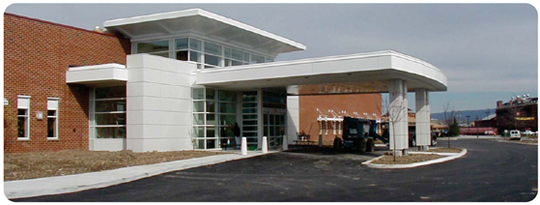Tribal Wellness Centers
During the last 20 years Native American tribal organizations have benefited from their sovereign nation status developing new businesses that have improved their local economy and members’ well-being. Although tribal gaming has been a major economic development tool, these organizations have also reinvested gaming profits in other social, education and health-related projects. Some have built wellness centers, which are providing medical, fitness and recreational services.
While much of this development has been in lower-populated reservations in the west and upper mid-west, many newer tribal gaming operations are moving into more competitive locations in and around major metro markets. Following the Las Vegas casino model of mixed-use properties, these new tribal destinations are smaller inclusive resorts with entertainment, accommodations, services and gaming. Some even have day spa services, but none have the branded lifestyle/wellness franchise of the Canyon Ranch at the Palazzo in Las Vegas.
Newer tribal developments in more dense metro and vacation-oriented locations have the markets for a brand of medically integrated wellness centers similar to those that our company has created for community hospitals during the last 20 years. These new centers would be a more sophisticated hybrid providing a comprehensive range of healthy living products and services, including medical care, family counseling, education, lifestyle coaching, fitness spaces and nutritional services. Customers would be expected to frequent the wellness center several times during their resort visit, leaving with at-home maintenance programs. The larger numbers of regular users living within 10-15 miles would be attracted to the quality of services, information and facilities provided at affordable rates.
These new wellness center facilities would be owned by the tribal organizations, and leased to a contractor for management, operations and communications. Facility size would vary based upon expected demand and programs, but would range between 50-70,000 SF, and cost from $15M to $20M. Facility revenues would be a blend of membership and fee-for-service charges with tiers based on the incomes of tribal and non-tribal customers. The federal Indian Health Services program may support medical and preventive services provided to tribal members.
We believe that enhanced programming, services and structured interventions at reservation-based wellness centers may improve some of the health indicators for tribal members, but not all. The primary business goals are to capitalize on new destinations to diversify customer’s experience as well as to provide a much-needed service for health-conscious adults living nearby. Native American healing arts has a favorable marketing perception based upon a sense of spirituality and application of homeopathic remedies, some of which have become a key component of today’s alternative medicine. All of these unique aspects would be carefully incorporated into a new brand of medically integrated wellness and healing arts centers for tribal gaming developments.
Based on our experience with hospital-owned Wellness Centers and their host communities, these unique facilities are perceived as real assets providing much needed beneficial services. As gaming faces concerted opposition at all levels, the public relations benefit of providing enhanced wellness services to the public may become a pivotal advantage. It would also provide a source of positive cash flow for the sponsoring tribal organization and employment opportunities for younger post-college workers.


